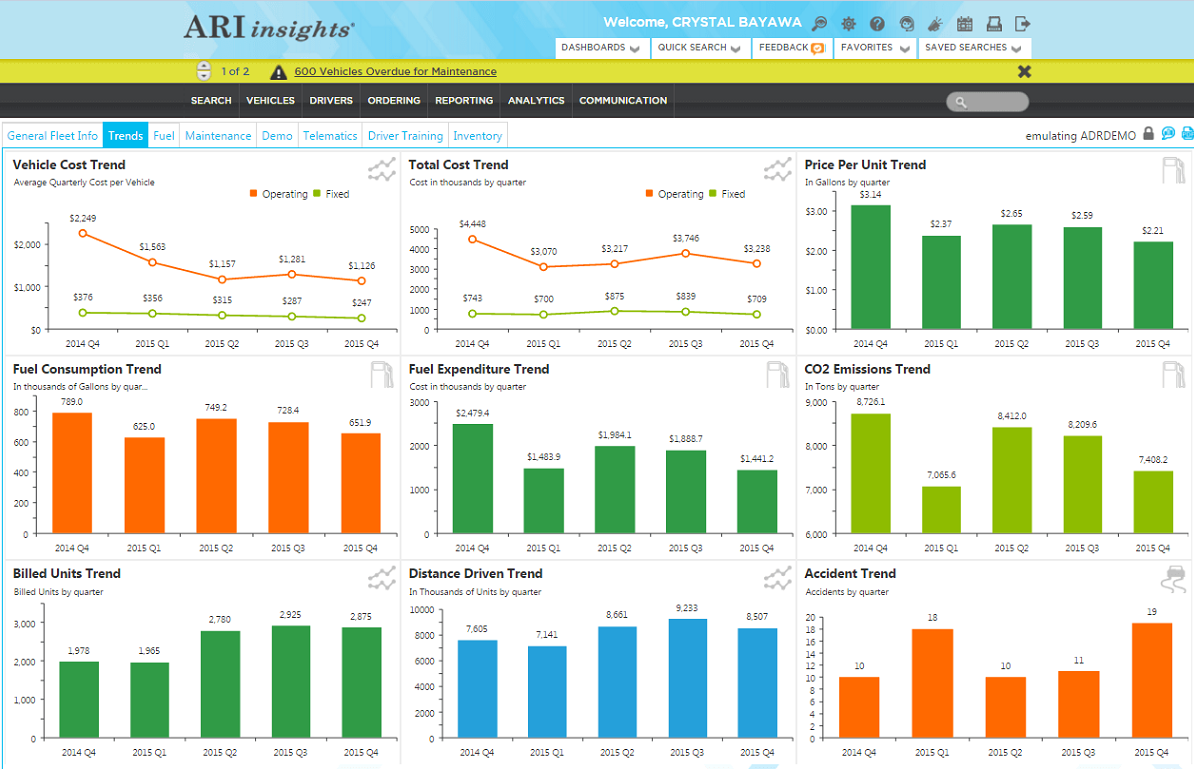In today’s fast-paced business world, making informed decisions is crucial for success. Companies are generating vast amounts of data every day, and extracting valuable insights from this data has become a key differentiator. One of the most effective ways to achieve this is through dashboard business intelligence. In this article, we will explore the concept of dashboard business intelligence, its benefits, and how it can help organizations unlock data-driven insights.

What is Dashboard Business Intelligence?
Dashboard business intelligence refers to the use of data visualization tools and technologies to create interactive and dynamic dashboards that display key performance indicators (KPIs), metrics, and other relevant data. These dashboards provide users with a centralized and unified view of their organization’s performance, allowing them to monitor, analyze, and make data-driven decisions.
Benefits of Dashboard Business Intelligence
The benefits of dashboard business intelligence are numerous. Some of the most significant advantages include:
- Improved Decision-Making: Dashboards provide users with real-time data and insights, enabling them to make informed decisions quickly and effectively.
- Enhanced Visibility: Dashboards offer a clear and transparent view of an organization’s performance, allowing users to identify areas of strength and weakness.
- Increased Efficiency: By automating reporting and analysis, dashboards save users time and effort, freeing them up to focus on strategic activities.
- Better Collaboration: Dashboards facilitate collaboration and communication among teams and stakeholders, ensuring everyone is on the same page.
- Data-Driven Culture: Dashboards promote a data-driven culture within an organization, encouraging users to rely on data and analytics to drive decision-making.
Key Components of Dashboard Business Intelligence
A well-designed dashboard should have the following key components:
- Data Sources: A dashboard should be able to connect to various data sources, such as databases, spreadsheets, and cloud storage.
- Data Visualization: The dashboard should be able to display data in a variety of formats, such as charts, tables, and maps.
- Interactive Filters: Users should be able to filter and drill down into data to analyze specific trends and patterns.
- Alerts and Notifications: The dashboard should be able to send alerts and notifications to users when certain KPIs or metrics exceed thresholds.
- Security and Access Control: The dashboard should have robust security and access control features to ensure that sensitive data is protected.
Types of Dashboards
There are several types of dashboards, each designed to serve a specific purpose:
- Executive Dashboard: Provides a high-level overview of an organization’s performance, often used by senior executives.
- Operational Dashboard: Focuses on day-to-day operations, used by managers and team leaders to monitor and optimize processes.
- Analytical Dashboard: Designed for in-depth analysis, used by analysts and data scientists to explore and discover new insights.
- Marketing Dashboard: Tracks marketing performance and metrics, used by marketing teams to optimize campaigns and strategies.
Best Practices for Implementing Dashboard Business Intelligence
To ensure a successful dashboard business intelligence implementation, follow these best practices:
- Define Clear Objectives: Determine what you want to achieve with your dashboard and what KPIs you want to track.
- Choose the Right Tools: Select a dashboard platform that meets your organization’s needs and is easy to use.
- Design for User Experience: Create a dashboard that is intuitive and easy to navigate, with clear and concise visualizations.
- Provide Training and Support: Ensure that users have the necessary training and support to get the most out of the dashboard.
- Continuously Monitor and Refine: Regularly review and refine the dashboard to ensure it remains relevant and effective.
Common Challenges and Solutions
While implementing dashboard business intelligence can be challenging, there are solutions to common obstacles:
- Data Quality Issues: Ensure data is accurate, complete, and consistent by implementing data validation and cleansing processes.
- User Adoption: Provide training and support to ensure users understand the value and benefits of the dashboard.
- Technical Issues: Choose a reliable and scalable dashboard platform, and have a plan in place for maintenance and troubleshooting.
FAQ
- What is the difference between a dashboard and a report?
A dashboard provides real-time data and insights, while a report is a static document that provides historical data. - How do I choose the right dashboard platform?
Consider factors such as ease of use, scalability, and integration with existing data sources. - Can I create a dashboard without technical expertise?
Yes, many dashboard platforms offer user-friendly interfaces and drag-and-drop functionality, making it possible to create a dashboard without extensive technical knowledge. - How do I ensure data security and access control?
Implement robust security measures, such as user authentication and role-based access control, to protect sensitive data. - What are the key benefits of using a cloud-based dashboard platform?
Cloud-based platforms offer scalability, flexibility, and cost savings, as well as automatic software updates and maintenance.
Conclusion
Dashboard business intelligence is a powerful tool for unlocking data-driven insights and driving business success. By providing a centralized and unified view of an organization’s performance, dashboards enable users to make informed decisions, improve efficiency, and foster a data-driven culture. While implementing dashboard business intelligence can be challenging, following best practices and choosing the right tools can help ensure a successful implementation. With the right dashboard in place, organizations can gain a competitive edge and achieve their goals. Whether you’re a senior executive, manager, or analyst, dashboard business intelligence can help you make better decisions and drive business success.
Closure
Thus, we hope this article has provided valuable insights into Dashboard Business Intelligence: Unlocking Data-Driven Insights. We thank you for taking the time to read this article. See you in our next article!